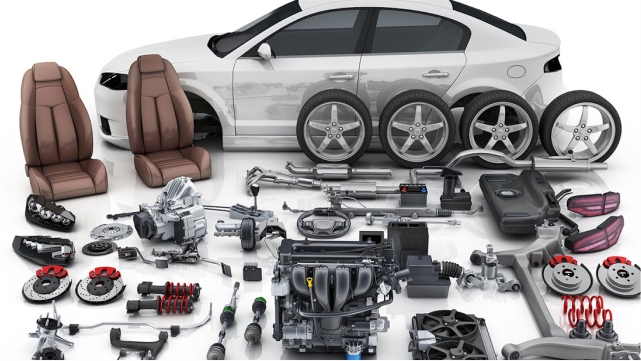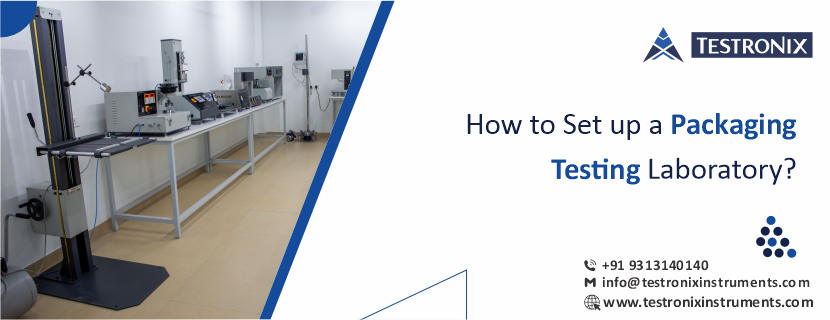For modern manufacturing and product development, it is exceedingly important that the materials and components are environmentally compatible. Water and moisture resistance is one of the most vital evaluations of these properties. A rain test chamber is a must-have to test whether a product can withstand the condition of being exposed to rain or intense water spray and to measure and verify the durability, sealing integrity, and performance of a product under extreme conditions of rain.
What is a Rain Test Chamber?
A rain test chamber simulates a rain and water spray environmental variable to test the water resistance properties and durability of products. Manufacturers use rain test chambers to demonstrate that a product can continue to perform under extreme conditions or care and keep water out. This capability allows manufacturers to market their products as high-quality and reliable.

The Importance of a Rain Test Chamber
Rain test chambers are important for product reliability and safety, as they enable a manufacturer to test the product in rainy conditions to determine the product's water resistance and durability.
Here are some key points to remember for the rain test chamber:
-
Guarantee of Quality and Durability—They assure that such products, like electronics, automotive parts, and building materials, can perform reliably in wet weather, rain, or exposure to other wet conditions.
-
Compliance with Standards—A test chamber is required for testing products for compliance with international standards, like the IEC 60529 IP code, or the degree of protection of a product against water.
-
Controllability and Repeatability Testing—This testing can be accomplished in a consistent and repeatable manner, which will not be achieved during natural weather testing. Testing in chambers allows for controlled variables and the ability to manipulate the intensity of rain, the angle of rain, and the duration of rain.
-
Cost Efficiency—Chamber testing may be more cost-effective and quicker than a real field outside test, which may prove more costly and unreliable to test outside.
How Does a Rain Test Chamber Work?
A rain test chamber works by imitating a rain shower using the nozzles to spray water within a controlled setting. The chamber operates on a recirculating system, in which there are pumps, flow meters, and controllers that control pressure, flow, and duration according to IP and SAE standards, as well as rotating platforms and heating tanks that provide equal and precise exposure.
Here are the steps to perform a rain test in a chamber:
-
Installation/Setup: The product is fixed to the rotation table contained in the chamber, and the control panel or software of the chamber specifies the test conditions, such as the flow, pressure, and temperature; duration; and speed of the rotating table.
-
Water supply: The water is dispensed via the pump, and then a flow meter is utilized to determine the rate of flow of the water. The controller turns on the spray, and we can modify nozzles such that they accomplish atmospheric conditions that can resemble the experience of actual rain.
-
Exposure: The test commences by having the water sprinkled on the product. The spinning arm will help position the entire product evenly under the spray.
-
Monitoring: A large transparent viewing window allows you to view the test. The capabilities of data logging allow the test parameters and results to be logged for analysis later.
-
Completion: The test cycle is left to complete the pre-programmed time period, and then the system will automatically switch off. The product could subsequently be taken off and examined as to whether it has been ingested by water or damaged.
Common Standards of Rain Test Chamber
Rain test chambers are meant to test the water resistance of a product under controlled conditions. Such tests are in accordance with international standards, which determine the intensity, duration, and angle of exposure to rain.

Some of the most popular standards include:
-
The Ingress Protection (IP) code, under the IEC 60529 IP standards, describes the level of protection provided by a certain enclosure against water and dust. The IP code IPX1-IPX6 indicates the level of protection in rain tests for an enclosure. IPX1 or IPX2 simulates dripping water that falls vertically, while IPX3 or IPX4 simulates spraying or splashing water; finally, the code IPX5 or IPX6 assesses exposure to strong water jets.
-
ISO 20653 provides an IP Code designed specifically for road vehicles. This criterion is imperative to the car manufacturers in that it determines the ability of the components to withstand the effects of water, dust, and other natural elements in the environment. This standard outlines the opposing amounts of water. The ingress of water to the automotive parts occurs between conditions of light rain and full immersion. This section provides specifics on how to perform rain testing, including the time required for the test, the amount of pressure used, and the direction or angle at which the water is sprayed.
Applications of Rain Test Chamber
The water resistance of products is tested in rain test chambers, which can simulate different rainy conditions, and they possess essential applications in the automotive, electronics, aerospace, military, and outdoor lighting sectors.
Here are its major applications:
-
Automotive Industry
Rain test chambers are designed to test out automotive components to verify operation and performance when wet from rain, splash, or road spray. Rain tests verify components such as headlamps, ECUs (engine control units), and door seals. The tests address the possible event of water collecting in sensitive areas that could lead to electrical issues or corrosion of components and more broadly state that the vehicle is ok to be operated under wet conditions during real driving.
Testing in a rain chamber is performed to confirm the waterproofing of consumer electronics, including smartphones, tablets, cameras, smart speakers, and so on. This is all done to simulate a few conditions of water exposure to yield a desired IP rating—meaning that the smartphones, tablets, cameras, etc. can withstand splashes, sprays, and a temporary dive while remaining functional, durable, and safe for the consumer during ordinary real-world use.
-
Aerospace and Military
Rain test chambers are used in aerospace and defense to test equipment, such as avionics, sensors, and communication equipment, in heavy rainfall conditions. These tests are also based on the MIL-STD-810 standards to ensure reliability and operational integrity of components in harsh weather conditions and to prevent failure of critical systems due to moisture effects during missions or flight operations.
-
Lighting and equipment
Rain chambers will study products (solar panels, garden lights, and tunnel lights, for example) to evaluate outdoor durability over extended periods of high humidity, rain, or heavy moisture. Testing inspects both the ingress of water, corrosion, and electrical safety risks still in compliance. The testing ultimately indicates that the products can be safely and effectively used during wet, humid, or rainy weather events and not compromise performance or safety.
-
Building Materials
Rain simulation chambers are utilized to evaluate the water resistance of various materials used in construction, such as wall coatings, door frames, and window sealants. The test quantifies the extent to which construction performance can prevent the leakage of water. This includes assessing how water enters a building and the corrosion of construction materials, which affects the structural performance of the building in wet weather conditions.
Conclusion
Using a testing tool to measure precipitation is a useful component for examining an outdoor-use product because it measures its rain resistance and durability at the same time. An outdoor-based product is both durable and safe if a manufacturer tests the durability performance of the product under realistic conditions, using the same standards and requirements as they use for other products, and does this when the weather is at its worst.





